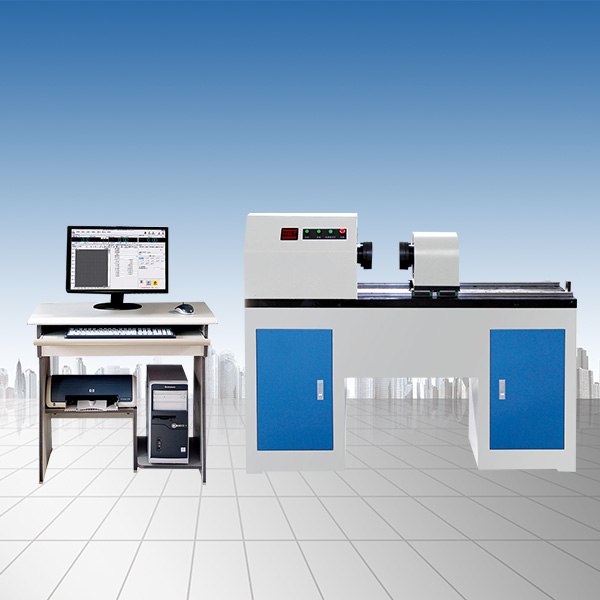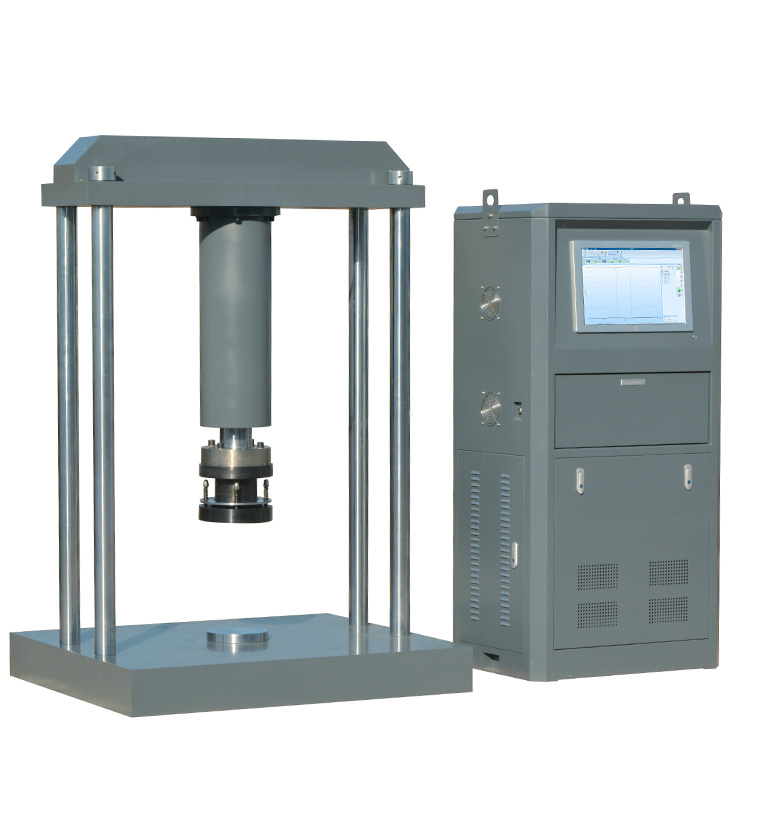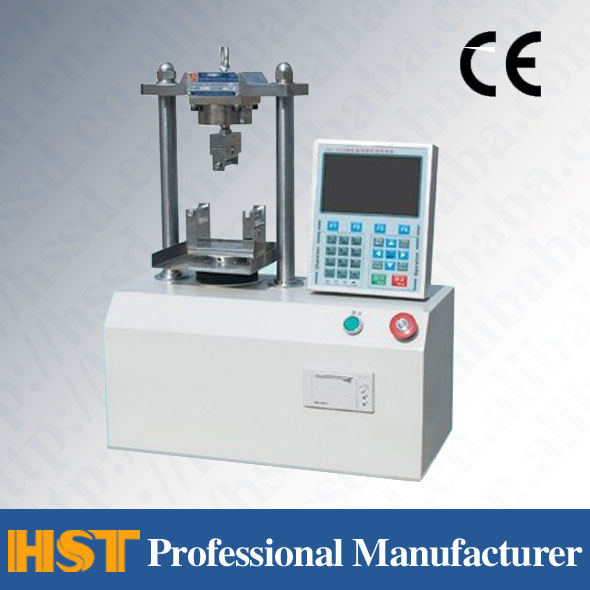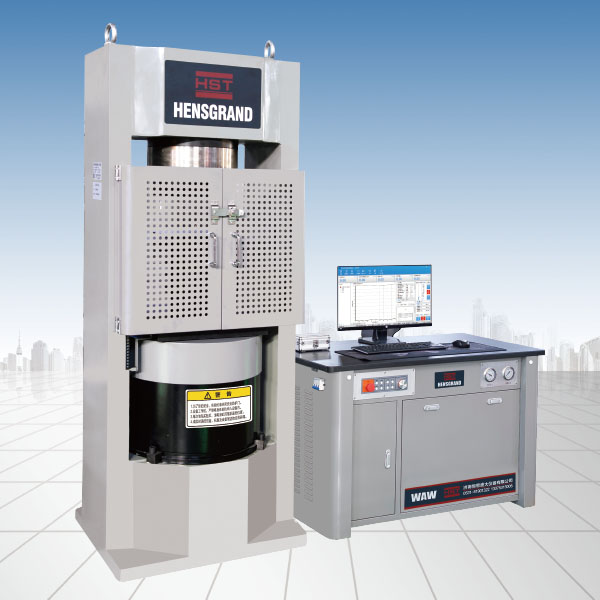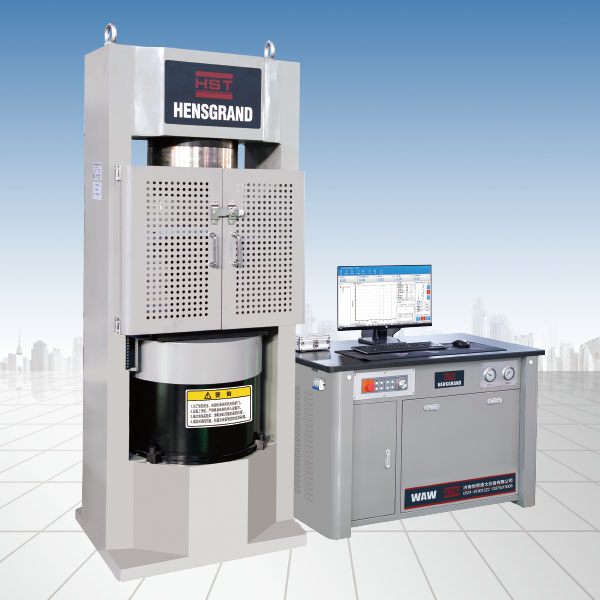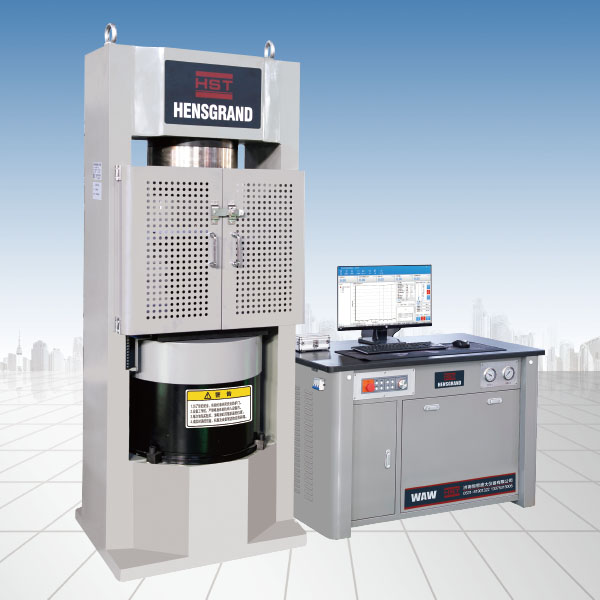News
Related operation methods and precautions for Richmond hardness meter
Release time:2019-09-20 source:Jinan Hengsi Shanda Instrument Co., Ltd. Browse:
The Richter hardness meter is a testing equipment. Its principle is that with the development of monolithic technology, in 1978, Swiss Dr. Leeb first proposed a new hardness measurement method. Its basic principle is that an impact body with a certain mass impacts the surface of the sample under the action of a certain test force, measure the impact speed and return speed 1mm from the surface of the sample, and use the electromagnetic principle to induce a voltage proportional to the speed. What I want to share with you are the relevant operating methods and precautions for using the Richter hardness meter.
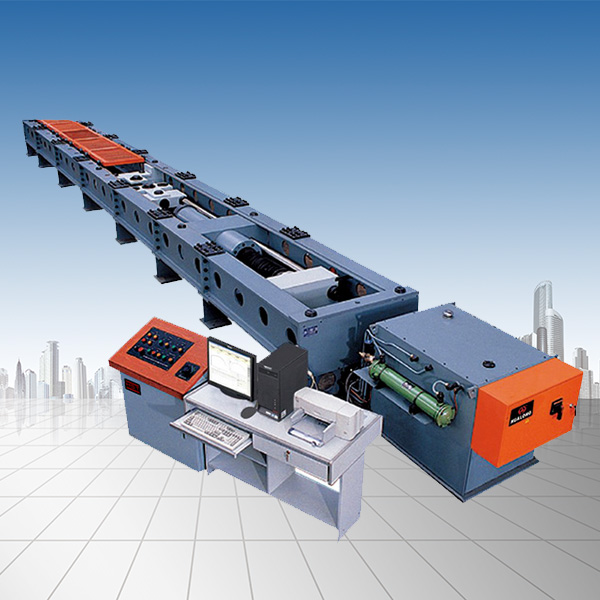
1. Related operation methods of Richmond hardness meter
1. Generally required for the test part, the surface of the test part should be clean, free of dust, oil and scale.
2. Requirements for the surface temperature of the specimen. The temperature of the specimen surface cannot be overheated, and the required temperature is less than 120℃. The optimal test temperature is 4℃-38℃.
3. Requirements for the surface roughness of the Richter hardness meter. The surface roughness of the specimen should meet the requirements of the table below. The roughness of the specimen surface not only affects the test accuracy, but also affects the service life of the impact ball head.
Operation method for testing curved workpieces of Richmond hardness meter
(1) The object to be detected should be placed flat on the ground, and it must be absolutely stable, and there must be no shaking. The position to be detected must not be suspended. If necessary, support blocks must be added;
(2) Turn on the hardness meter → the material setting of the object → the hardness value setting (HRCHRBHB) → the hardness detection direction setting → start hardness detection;
(3) Press the impact device on the surface to be measured and press it down. After 1s, press the small cylinder protruding above the hardness meter, and the hardness value will be automatically displayed. During this process, the operator must steadily lower the impact device and the direction should also be kept perpendicular to the surface to be measured;
(4) Each test site should test at least 3 points, and the distance between the two test sites should be ≥3mm. After the test, take the average value as the hardness of the part, record it, and then enter the next part to test;
(5) Compare the test results of the Richter hardness meter with the requirements of the object. If you meet the requirements, you will be qualified and transfer to the next process; if you fail, transfer to the isolation area and record the test results.
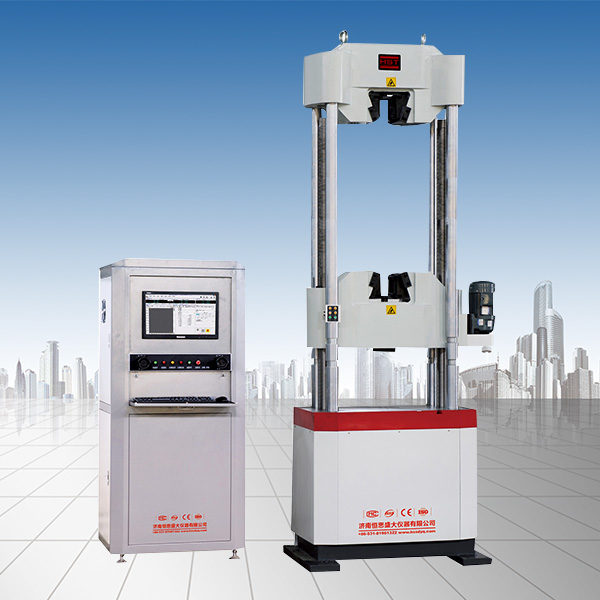
2. Precautions for the use of Reyrian hardness meter
1. Pay attention to the use environment
Avoid foreign objects such as iron filings, scales, dust, etc. entering the machine, causing circuit short circuits to burn the machine, and avoid applications in situations where strong electromagnetic interference, such as: Xiaolingtong antennas, high-frequency furnaces, etc., causing abnormal operation of the instrument. It should work in an environment where the working temperature is 0℃~40℃, relative humidity is ≤90%, no direct light, no vibration, no strong magnetic field, no corrosive media and severe dust.
2. Requirements for the test part of the Richter hardness meter
During use, the Richter hardness meter should first pay attention to the requirements of the test part to ensure that the surface of the test part should be clean and free of dust, oil and scale. You can use a grinder to polish the surface of the test part to show a metallic color. The temperature on the surface of the specimen should not be too high, and the temperature is required to be less than 120℃. The optimal temperature for testing is 4℃-38℃.
3. Analyze the characteristics of the test pieces to be tested
The surface of the specimen should be smooth, the specimen cannot be magnetic, the material of the specimen should correspond to the materials preset by the instrument, the thickness of the specimen should meet the test requirements, and the size of the specimen is consistent with the support ring.
4. Test the test piece by Richmond hardness meter
For medium-sized specimens and small specimens, support or bonding is required. For special-shaped materials, comparative experiments are required. Then, a bench-top hardness meter with the same hardness system is used to test and compare the same specimen to ensure the accuracy of the test accuracy.
The above is an introduction to the relevant operating methods and precautions for the Richter hardness meter. I believe everyone has a certain understanding of this after reading it. If you have any questions during use, you can call our service hotline through the web page, and our technicians will answer it one by one. Welcome to call and support!
Recommended productsPRODUCTS


















